Question
What is the status of UL 3741, and are there any Certified (Listed) PV hazard control systems?
Answer
UL 3741, the Standard for Safety of Photovoltaic Hazard Control, was published in December 2020.
UL has Certified (Listed) multiple photovoltaic (PV) hazard control systems under the product category PV Hazard Control Systems (QIJR). This category covers PV hazard control systems, including PV rapid shutdown arrays intended for use in PV electrical energy systems as described in Section 690.12 of the 2017 National Electrical Code® (NEC®) and PV hazard control systems as described in the 2020 NEC®. The rapid shutdown and PV hazard control protection reduces potential hazards during firefighting operations on structures with PV arrays.
A PV hazard control system may consist of a single piece of equipment or a grouping of equipment from one or more manufacturers. Systems can be composed of PV modules, wiring, harnesses, racking, combiners, disconnects, actuators, attenuators, indicators, inverters, and other equipment. This combination of equipment is investigated as a PV hazard control system / PV rapid shutdown array. When the array consists of a group of equipment, the PV hazard control system installation instructions and individual QIJR Certifications will include a list of required equipment comprising the complete system.
System ratings and installation instructions provide specific details regarding critical installation parameters and requirements. These details may include configuration details, mounting requirements, wiring methods, maximum internal array voltage between mid-circuit interrupters, and offset distance to conductive building materials or other conductive equipment not included in a PV hazard control system. The installation instructions describe the minimum required equipment needed to create a UL Certified PV hazard control system. The quantities of minimum equipment can be modified to address variations in system size or layout. The system instructions clearly define the critical installation parameters related to firefighter protection.
To view PV Hazard Control Systems (QIJR) guide information and Certifications, go to UL Product iQTM at ul.com/piq and enter QIJR at the search field.
Question
I see temporary lighting strings on job sites being used in NEC® Article 590 applications that seem to be Certified (Listed) as portable luminaires and not temporary lighting strings. They look similar; what are the differences?
Answer
UL Certifies (Lists) general use lighting strings that are cord and plug connected under the product categories LED Portable Luminaires (QOVZ) or Portable Luminaires (QOWZ). Products in this category are Certified to UL 153, the Standard for Safety of Portable Electric Luminaires. These products are intended for connection to a nominal 120 V, 15, or 20 A branch circuit by means of an attachment plug, a mating connector assembly, or a nonintegral power supply. The primary function of lighting strings evaluated to UL 153 is task or ambient illumination. This category does not cover products intended for use in accordance with NEC® Article 590 Temporary Installations.
UL Certifies (Lists) construction grade lighting strings under Temporary Lighting Strings (XBRT) for compliance with UL 1088, the Standard for Safety for Temporary Lighting Strings. These products are rated 15 or 20 A, 125 V and intended to provide temporary indoor and outdoor illumination on job sites during the period of construction or similar activities, in accordance with Article 590 of ANSI/NFPA 70®, National Electrical Code® (NEC®).
Certified (Listed) temporary lighting strings consist of a factory assembled flexible cord or cable incorporating a series of nonreplaceable LED light sources or lampholders with lamp guards. The flexible cord may be terminated at one end with an attachment plug to connect to the source of supply and terminated at the other end with a cord connector. If a temporary lighting string is not provided with an attachment plug, the string will include instructions for proper connection to the source of supply. Temporary lighting strings are investigated for the type of physical abuse and harsh conditions encountered on a job work site. The assemblies are constructed with a minimum 14 AWG or 12 AWG hard usage flexible cord or cable and undergo testing such as crushing, cold impact, hanger strength, abnormal tests, outdoor use environmental testing, and other tests for conditions experienced on a job work site.
To view the guide information and Certifications (Listings) for Temporary Lighting Strings (XBRT), LED Portable Luminaires (QOVZ), or Portable Luminaires (QOWZ) on UL Product iQ, visit ul.com/piq and enter XBRT, QOVZ, or QOWZ at the search field.

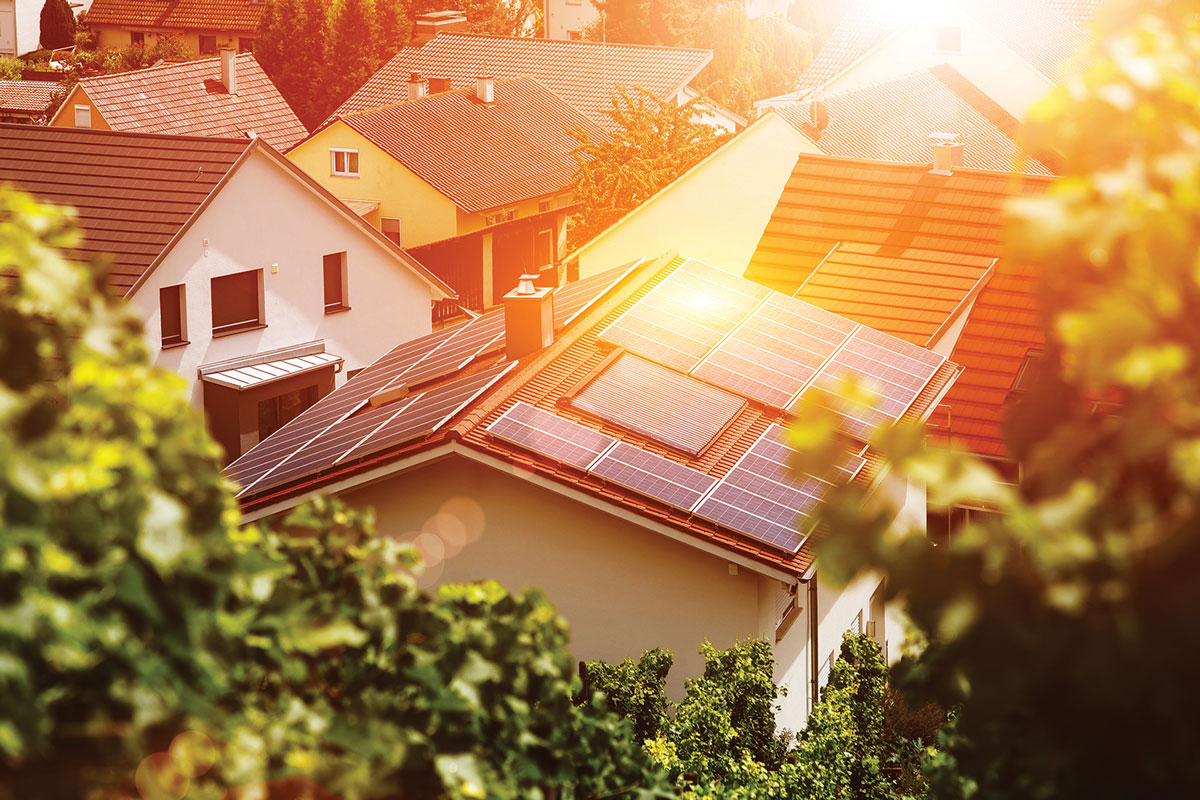

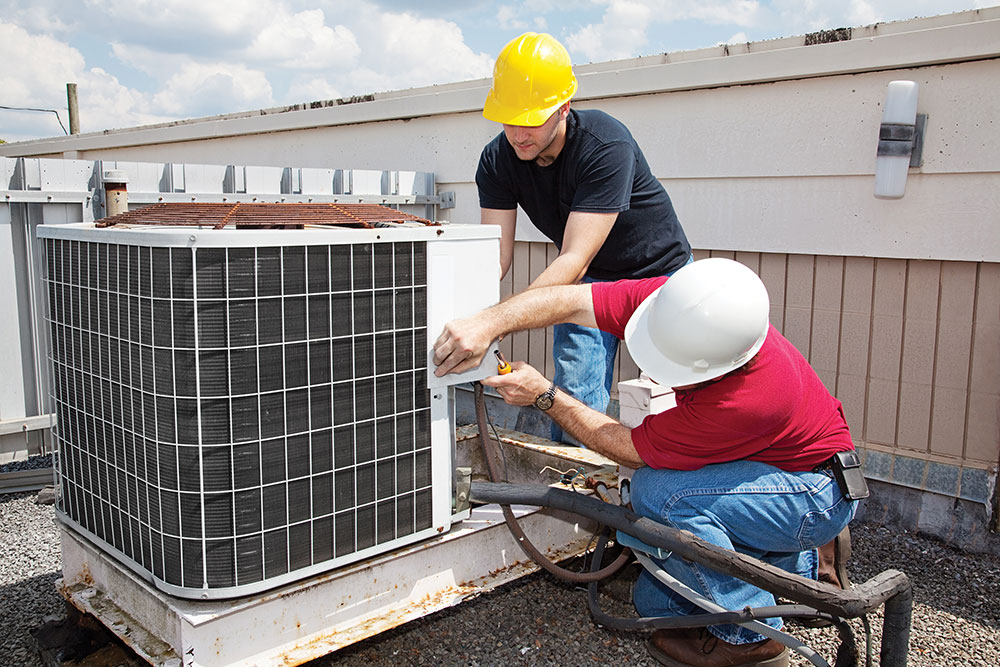

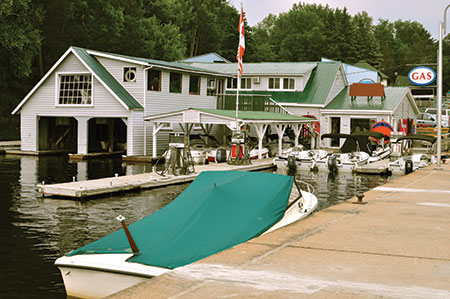
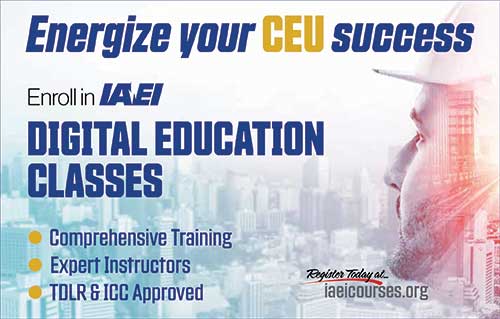

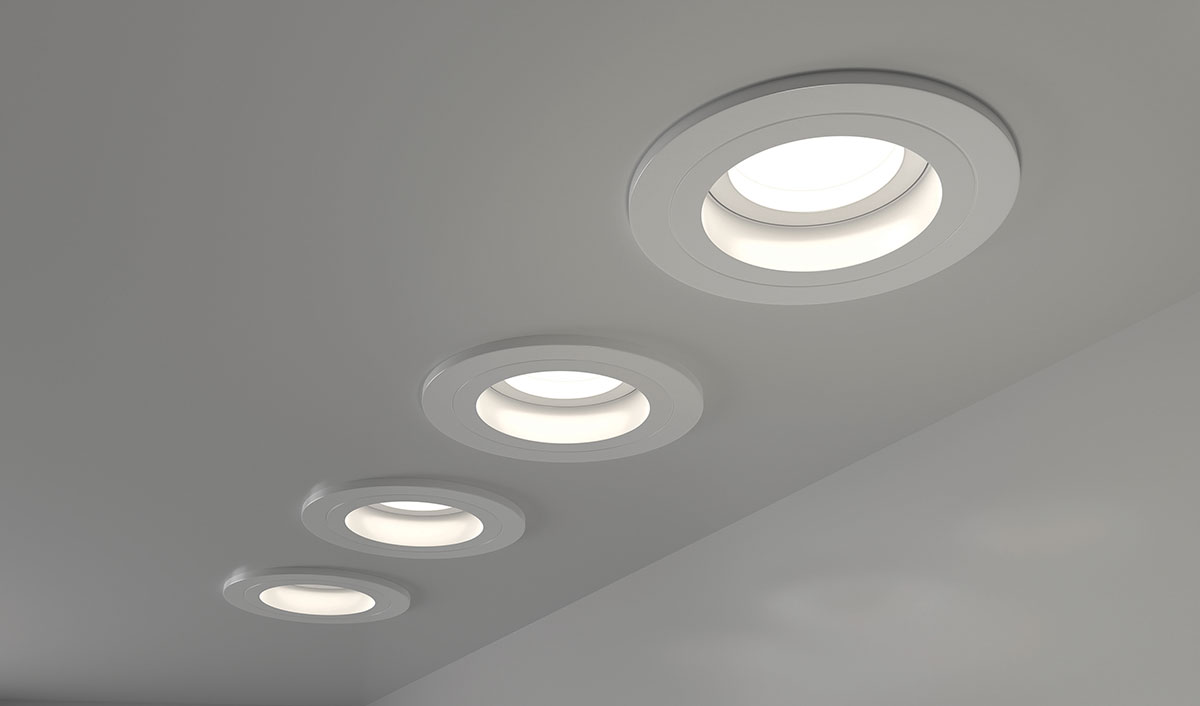
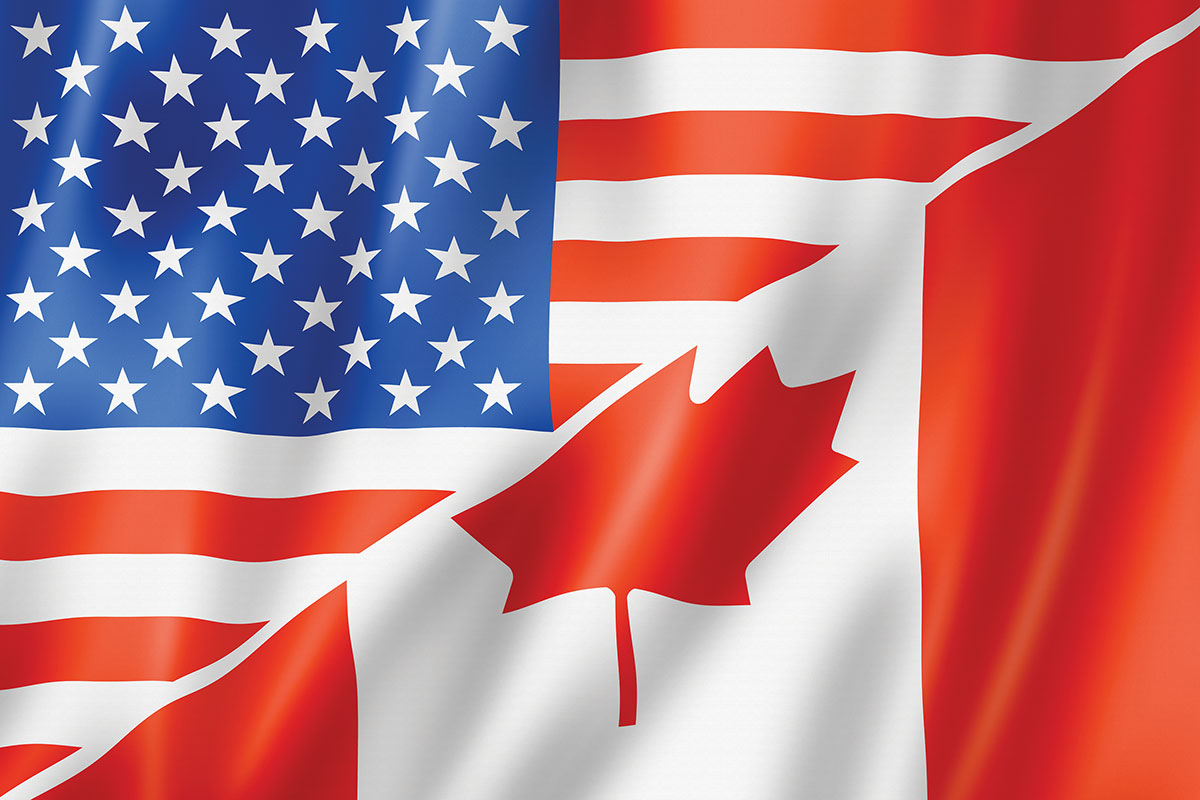
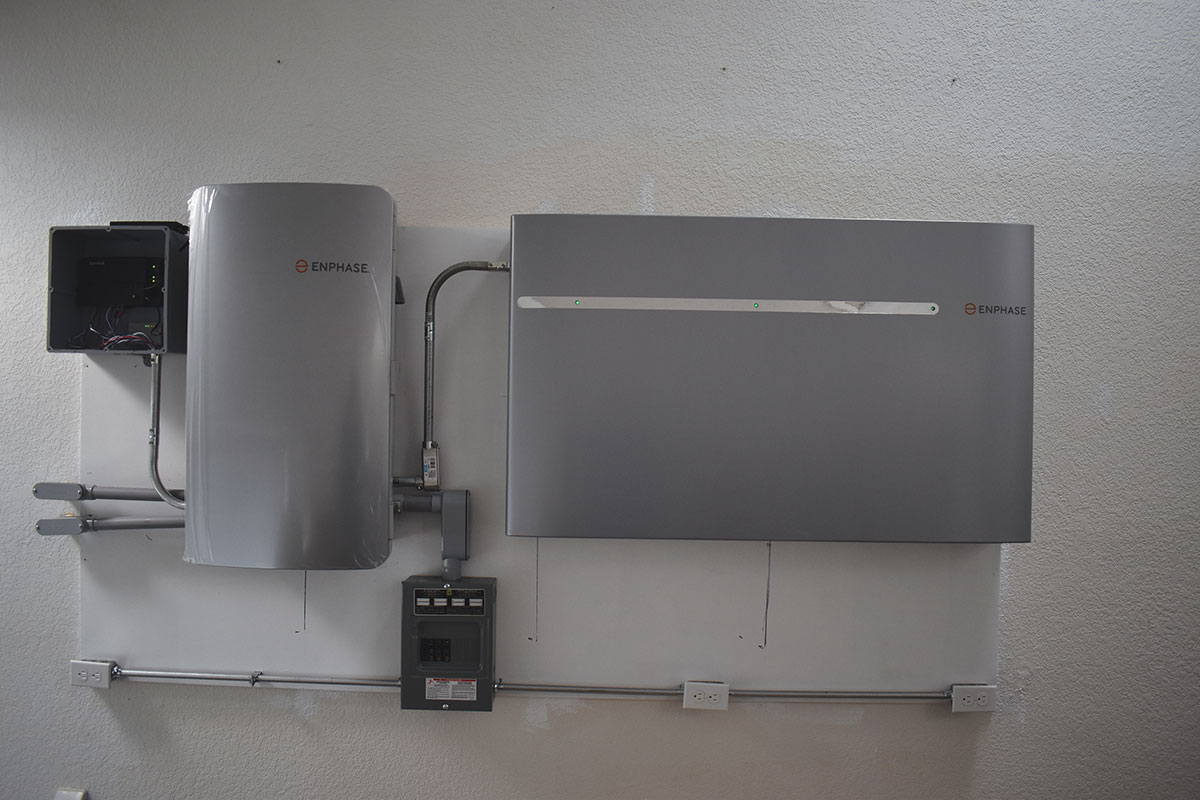
Find Us on Socials